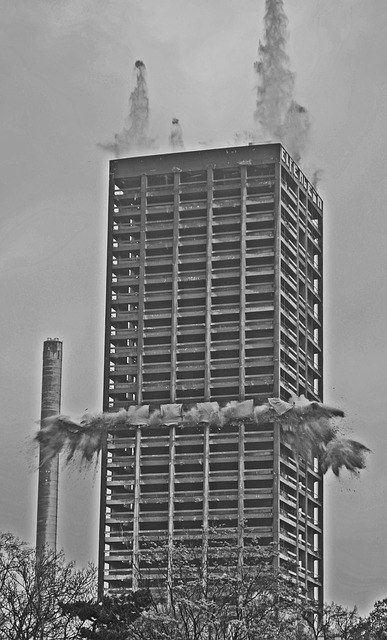The Next Big Short…
 Courtesy of Joshua M Brown
Courtesy of Joshua M Brown
Jeff Gundlach thinks junk bonds could be the next big blowup. Carl Icahn agrees. Others are pointing to the burst in non-traditional bond fund inflows and the proliferation of exchange traded products that traffic in some of the less liquid and more esoteric fixed income asset classes – like bank loans and such.
I agree.
Advisors have been stuffing their clients to the gills with instruments that a) they don’t understand and b) have never seen a down-cycle. Surprises will be legion, whether interest rates rise or defaults rise or some other event comes long to shake confidence and drive outflows. There’s no possible way this ends quietly. The In door is always easier to squeeze through than the Out door.
I’m seeing ETF bloggers and “liquid alt” industry experts (totally captured) opine on how Icahn “doesn’t understand” ETFs and I’m laughing to myself. The guy has five f***ing decades of trading and investing excellence under his belt, having started his career as one of the foremost authorities on options trading in New York City prior to making money in a Skittles rainbow of different investment strategies. Don’t confuse the heavy Queens accent and the off-the-cuff rhetoric for ignorance about the creation/redemption process in the ETF market.
Besides, since when has the mechanism of a product been the critical factor that either prevented or caused a blowout? It’s never the mechanics, it’s always the fate of the underlying. If everyone wants to buy or sell something at the same time, the asset is going to spike or plunge, regardless of the mousetrap through which they’re attempting to participate.
The Wall Street Journal has a piece today about how hedge funds are gearing up to take advantage of the next blowup:
Wall Street is preparing for panic on Main Street.
Hedge funds are lining up to profit from potential trouble at some “alternative” mutual funds and bond exchange-traded funds that have boomed in popularity among retirees and other individual investors.
Financial advisers have pushed ordinary investors into those funds in search of higher returns, a strategy that has come into favor as Federal Reserve benchmark interest rates remain near zero. But many on Wall Street worry that junk bonds, bank loans and esoteric investments held by some of those funds will be extremely hard to sell if the market turns, leaving prices pummeled in a rush for the exits.
I’ve written extensively on the topic of so-called unconstrained or alternative bond funds. Suffice it to say, I panned them as a group, allowing for the possibility that one or two would live up to its promise. As for high-yield engorgement, it’s a game my firm has largely stayed out of.
I know that many advisors have oriented their model portfolios with these products in order to be able to show prospective clients a high current yield in order to win business – “I’m getting you 5% interest every year while your current advisor is only getting you 3.5%!” Unfortunately, unsuspecting investors don’t always understand that a nominally high current yield can lead to low or negative total return when the juicy stuff pops.
Oaktree and other high-yield market specialists were able to clean up in the wake of the 2008 credit crisis by raising funds in advance and waiting. Something tells me they’ll be able to do so again. My job is to make sure I don’t end up on the other side of the trade.
Source:
Hedge Funds Gear Up for Another Big Short (Wall Street Journal)



